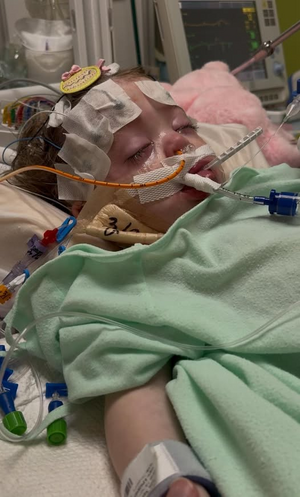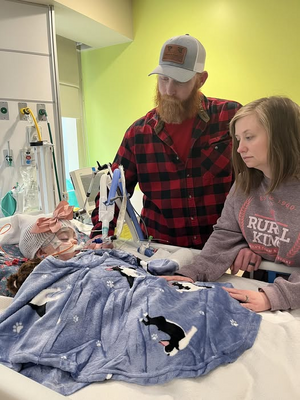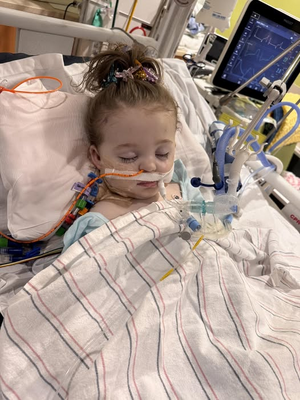In a quiet pediatric wing of a San Francisco hospital in the late 1990s, a nurse paused outside a room, blinking back tears. Inside, a small boy with terminal cancer was doubled over in laughter. Dressed in scrubs three sizes too big, with a stethoscope around his neck and a ridiculous red nose, Robin Williams had the child laughing so hard he momentarily forgot the pain. No cameras, no press, no entourage. Only Robin, doing voices, pulling faces, imitating cartoon characters, making joy out of thin air.
These visits were never scheduled through Hollywood. They were arranged privately through hospital staff who had quietly come to know him as more than an actor or comedian. He would often call ahead anonymously, asking if there were any children who might benefit from a visit. Many times, he arrived alone, sometimes with a bag of puppets, or dressed in character, even slipping into his iconic "Mrs. Doubtfire" voice. The children, some too weak to sit up, would smile, giggle, or whisper a joke back. Parents watched in awe as their child, often in the final days of life, laughed again. Sometimes for the first time in weeks.
One nurse recalled a 2003 visit when Robin spent over an hour with a ten-year-old leukemia patient who had only days left. The boy's father had been stoic for weeks, refusing to cry in front of his son. That day, as Robin pretended to conduct an invisible orchestra of squeaky IV poles and sang a ridiculous operatic ballad to the beeping of heart monitors, the man finally wept. Not from grief, but from relief.
Robin never spoke about these visits in interviews. Even those closest to him, including longtime friends and collaborators, learned about them through others. Some families tried to thank him publicly, but he always declined. He believed the experience belonged to the child, not to him, and certainly not to any public narrative. For Robin, the visit wasn’t an act of charity or performance. It was a human connection, raw and unfiltered.
In 2006, during a stop in Denver for a show, he drove over an hour to meet a terminally ill teenage girl whose favorite movie was "Aladdin". She had grown up reciting the Genie’s lines, and when Robin stepped into the room and started riffing in that unforgettable voice, she lit up. Her mother later wrote that Robin stayed long after the visit should have ended, talking to her daughter like an old friend, listening as much as entertaining.
It took remarkable emotional strength to step into those rooms. These weren’t film sets. There were no rewrites, no retakes. The children were often fading, the air heavy with grief, and yet he found ways to ignite hope, even if only briefly. He never rushed. He sat on floors, shared ice pops, held hands. Afterward, he often sat alone in his car for a long time, sometimes crying, sometimes calling a friend just to hear a familiar voice.
By 2010, hospital staff in several cities had come to know that if Robin was in town, there might be a call. No one ever publicized it, because he didn’t want it that way. It wasn’t about headlines or accolades. He often told nurses that if he could make one kid forget where they were, even for ten minutes, it was worth everything.
His visits didn’t cure illnesses or change medical outcomes. But they did something else. They gave a flicker of joy to the fading. They softened the hardest moments for grieving families. And they reminded everyone in the room, patients, parents, nurses, even Robin himself, that laughter still had power, even at the edge of goodbye.
Sometimes, healing isn’t about medicine. It’s about making someone feel alive, even for a moment, when the world says they shouldn't.

82K






























































